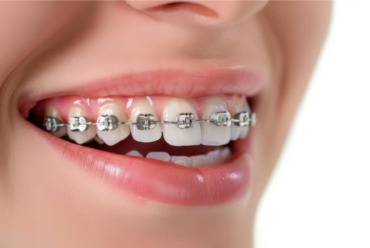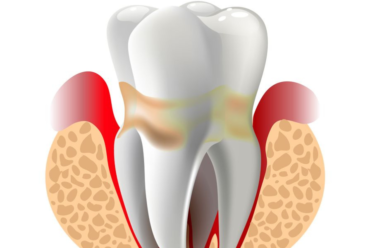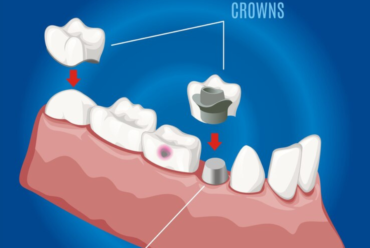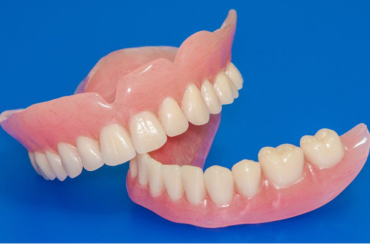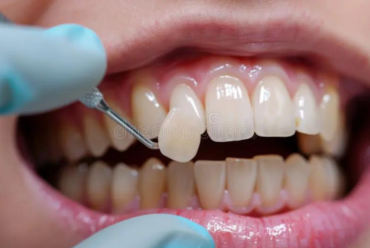Tooth Extraction Process: What to Expect Before, During, and After
Tooth extraction is a common dental procedure that might sound daunting, but it’s often necessary to protect your oral health. Whether due to severe decay, gum disease, or the need to make room for orthodontic treatment, tooth extractions can prevent more serious problems down the road. Understanding what to expect before, during, and after the procedure can help ease any anxiety and ensure a smooth recovery.
Why Tooth Extractions Are Necessary
Before diving into the process, it’s important to understand why tooth extractions are sometimes required. Some common reasons include:
- Severe Decay or Damage: When a tooth is too damaged by decay or trauma to be repaired with a filling or crown, extraction may be the only option.
- Gum Disease: Advanced periodontal disease can weaken the support structures of a tooth, making extraction necessary.
- Impacted Teeth: Wisdom teeth or other teeth that don’t erupt properly may need to be extracted to prevent pain and infection.
- Overcrowding: In some cases, teeth may be extracted to make space for orthodontic treatment.
- Infection: If an infection cannot be controlled with antibiotics and root canal treatment is not an option, the tooth may need to be removed.
Before the Extraction: Preparation and Consultation
The first step in the tooth extraction process is a consultation with your dentist. During this visit, your dentist will assess your dental health, take X-rays, and discuss the reasons for the extraction. The X-rays help your dentist evaluate the position of the tooth, its roots, and the surrounding bone, which is essential for planning the extraction.
Some key points to consider before your extraction:
- Medical History: Your dentist will review your medical history, including any conditions that could affect the extraction process, such as diabetes, heart disease, or a history of infections.
- Medications: Inform your dentist about any medications you’re taking, especially blood thinners, as these can increase bleeding risks during surgery.
- Pre-Procedure Instructions: Depending on the complexity of the extraction, your dentist may give you specific instructions, such as avoiding food and drink for a few hours before the procedure if sedation is involved.
- Ask Questions: If you have any concerns or questions about the extraction, don’t hesitate to ask your dentist. Understanding the procedure can alleviate anxiety.
The Extraction Process: What Happens During the Procedure
Tooth extraction can be either simple or surgical, depending on the tooth’s location and condition.
- Simple Extraction: A simple extraction is performed on visible teeth that are not impacted. Here’s what you can expect:
- Anesthesia: Your dentist will administer a local anesthetic to numb the area around the tooth. You’ll remain awake but won’t feel any pain during the procedure.
- Loosening the Tooth: Using a special instrument called an elevator, your dentist will gently loosen the tooth from its socket.
- Removing the Tooth: Once the tooth is loose, your dentist will use forceps to remove it. The procedure is typically quick, lasting only a few minutes.
- Surgical Extraction: A surgical extraction is more complex and may be required for impacted teeth or teeth that have broken off at the gum line. The process involves:
- Anesthesia: Local anesthesia is administered, and in some cases, sedation or general anesthesia may be used, especially for wisdom teeth extractions.
- Incision: Your dentist or oral surgeon will make an incision in the gum tissue to access the tooth.
- Bone Removal: In some cases, a small amount of bone may need to be removed to fully access the tooth.
- Tooth Removal: The tooth may be divided into sections for easier removal.
- Stitches: Once the tooth is removed, stitches may be required to close the incision.
After the Extraction: Recovery and Care
Recovery after a tooth extraction is crucial for ensuring proper healing and minimizing complications. Here’s what to expect in the days following the procedure:
- Immediate Aftercare:
- Gauze: Your dentist will place a gauze pad over the extraction site to help control bleeding. You’ll need to bite down on the gauze for 30-45 minutes after the procedure.
- Pain Management: It’s normal to experience some discomfort after the anesthesia wears off. Over-the-counter pain relievers like ibuprofen or acetaminophen are often sufficient, but your dentist may prescribe stronger medication if needed.
- Ice Packs: Applying ice to the outside of your cheek can help reduce swelling. Use ice packs for 10-20 minutes at a time during the first 24 hours.
- Oral Hygiene:
- Avoid Rinsing: Don’t rinse your mouth or spit forcefully for the first 24 hours, as this can dislodge the blood clot that forms in the socket.
- Gentle Rinsing: After 24 hours, you can gently rinse your mouth with warm salt water to keep the area clean and reduce the risk of infection.
- Brushing: Continue to brush your teeth, but avoid the extraction site to prevent irritation.
- Diet:
- Soft Foods: Stick to soft foods like yogurt, applesauce, and mashed potatoes for the first few days. Avoid hot, spicy, or crunchy foods that can irritate the extraction site.
- Stay Hydrated: Drink plenty of water, but avoid using straws, as the suction can dislodge the blood clot and lead to a painful condition called dry socket.
- Activity:
- Rest: Take it easy for the first 24-48 hours. Avoid strenuous activity, as it can increase blood pressure and lead to bleeding at the extraction site.
- Elevate Your Head: When lying down, prop your head up with pillows to reduce swelling and bleeding.
Potential Complications and When to Seek Help
While most tooth extractions go smoothly, it’s important to be aware of potential complications and know when to contact your dentist:
- Dry Socket: This occurs when the blood clot in the socket dislodges or dissolves before the wound has healed, exposing the bone and nerves. Symptoms include severe pain, bad breath, and an unpleasant taste in your mouth. If you suspect dry socket, contact your dentist immediately for treatment.
- Infection: Signs of infection include increased pain, swelling, redness, pus, or fever. Your dentist may prescribe antibiotics if an infection is suspected.
- Prolonged Bleeding: While some bleeding is normal, it should subside within a few hours. If bleeding continues or worsens, contact your dentist for advice.
- Nerve Injury: Although rare, nerve damage can occur during extraction, particularly with wisdom teeth. This can result in numbness or tingling in your lips, tongue, or chin. In most cases, this is temporary, but if symptoms persist, seek professional help.
Long-Term Care and Next Steps
After your extraction site has healed, it’s important to consider long-term oral health. Depending on the location of the extracted tooth, you may need to discuss tooth replacement options with your dentist, such as dental implants, bridges, or partial dentures. Replacing the missing tooth can help maintain proper alignment of your remaining teeth and prevent bone loss in the jaw.
while tooth extraction may seem intimidating, knowing what to expect before, during, and after the procedure can help you feel more comfortable and prepared. With proper care and attention, you can ensure a smooth recovery and maintain a healthy smile. If you have any concerns or questions about tooth extraction, consult your dentist for personalized guidance.


